
😘Kiss bugs goodbye with fully automated end-to-end test coverage (Sponsored)
Bugs sneak out when less than 80% of user flows are tested before shipping. However, getting that kind of coverage (and staying there) is hard and pricey for any team.
QA Wolf’s AI-native service provides high-volume, high-speed test coverage for web and mobile apps, reducing your organization’s QA cycle to less than 15 minutes.
They can get you:
24-hour maintenance and on-demand test creation
Zero flakes, guaranteed
Engineering teams move faster, releases stay on track, and testing happens automatically—so developers can focus on building, not debugging.
Drata’s team of 80+ engineers achieved 4x more test cases and 86% faster QA cycles.
⭐Rated 4.8/5 on G2.
This week’s system design refresher:
What Are AI Agents Really About? (Youtube video)
What is SSO (Single Sign-On)?
How Java Virtual Threads Work?
Redis VS Memcached
The Shopify Tech Stack
Hiring Now: Tech Roles
SPONSOR US
What Are AI Agents Really About?
What is SSO (Single Sign-On)?
Basically, Single Sign-On (SSO) is an authentication scheme. It allows a user to log in to different systems using a single ID.
The diagram below illustrates how SSO works.
Step 1: A user visits Gmail, or any email service. Gmail finds the user is not logged in and so redirects them to the SSO authentication server, which also finds the user is not logged in. As a result, the user is redirected to the SSO login page, where they enter their login credentials.
Steps 2-3: The SSO authentication server validates the credentials, creates the global session for the user, and creates a token.
Steps 4-7: Gmail validates the token in the SSO authentication server. The authentication server registers the Gmail system, and returns “valid.” Gmail returns the protected resource to the user.
Step 8: From Gmail, the user navigates to another Google-owned website, for example, YouTube.
Steps 9-10: YouTube finds the user is not logged in, and then requests authentication. The SSO authentication server finds the user is already logged in and returns the token.
Step 11-14: YouTube validates the token in the SSO authentication server. The authentication server registers the YouTube system, and returns “valid.” YouTube returns the protected resource to the user.
The process is complete and the user gets back access to their account.
Over to you:
Have you implemented SSO in your projects? What is the most difficult part?
What’s your favorite sign-in method and why?
How Java Virtual Threads Work?
Virtual Threads are lightweight threads introduced in Java 19 (Preview) and Java 21 (Stable). They allow Java to create millions of threads efficiently, helping handle concurrent tasks without wasting memory or CPU.
Virtual Threads do not map 1:1 to OS Threads and do not replace the original Platform Threads. The Platform Threads are backed by the OS Threads and are sometimes also known as Carrier Threads in this context.
Think of the Platform Threads as a small group of workers, and Virtual threads as tasks. With Virtual threads, tasks are given to workers only when needed, allowing one worker to handle thousands of tasks efficiently.
Here’s how Virtual Threads work:
Virtual Threads run on top of Platform Threads. The JVM schedules them onto a small number of Platform Threads.
When a Virtual Thread starts, the JVM assigns it to a normal OS-backed Platform Thread.
Virtual Threads can also handle CPU-intensive work, but their real advantage is in scenarios with a high number of I/O-bound or concurrent tasks.
If the Virtual Thread performs a blocking operation (like I/O, database call, sleep, etc.), the JVM unmounts it from the Platform Thread. However, this does not block the underlying OS Thread as such.
The Platform thread is freed up to handle another Virtual Thread.
When the blocking operation finishes, the Virtual Thread is rescheduled on any available Platform thread.
Over to you: Have you used Virtual Threads?
Redis VS Memcached
The diagram below illustrates the key differences.
The advantages of data structures make Redis a good choice for:
Recording the number of clicks and comments for each post (hash)
Sorting the commented user list and deduping the users (zset)
Caching user behavior history and filtering malicious behaviors (zset, hash)
Storing boolean information of extremely large data into small space. For example, login status, membership status. (bitmap)
The Shopify Tech Stack
Shopify is a multi-channel commerce platform for small and medium businesses. It allows merchants to create a shop and sell products wherever they want.
Here’s the Shopify Tech Stack, which powers more than 600,000 merchants and serves 80,000 requests per second during peak traffic.
Programming Languages & UI: They use Ruby, Typescript, Lua, and React
Backend & Servers: They use Ruby on Rails, Nginx, OpenResty, and GraphQL.
Data: They use MySQL, Redis, and Memcached.
DevOps: They use GitHub, Docker, Kubernetes, GKE, BuildKite, and ShipIt. ShipIt has been also made open source.
Reference: E-Commerce at Scale: Inside Shopify's Tech Stack
Hiring Now: Tech Roles
I attended the A16Z Speedrun Demo Day last week. Jordan Mazer from A16Z was kind enough to compile a list of their portfolio companies that are hiring:
Sweatpals - Fitness creator & meetup platform (Job Listing)
FLORA - Combining creative AI models in one Figma-like infinite canvas (Job Listing)
Plots - Live events discovery platform (Job Listing)
Darwin - Interactive videos (Job Listing)
Trophi.ai - AI-backed coaching (Job Listing)
Blank - AI image generator (Job Listing)
Intangible - A "Canva for 3D" built to help creatives visualize ideas. Email talent@intangible.ai to apply for open positions including VP Eng, Full stack engineer, AI systems engineer.
Coverd - Gamified credit solution platform (Job Listing)
Genway - Generate insights with depth and scale using AI-interviewers (Job Listing)
Coverstar - A safe TikTok alternative for kids (JobListing)
KHK Games - Sweepstakes online poker platform (Job Listing)
Sunflower - A toolkit to help users stay sober (Job Listing)
Echo Chunk - Builds self-generating strategy games (Job Listing)
Human Computer - Game studio focused on story telling
AvatarOS - Authentic cross-platform 3D Avatars (Job Listing)
Nunu.ai - Building intelligent agents to test and play games - automating QA needs (Job Listing)
Hedra - Works on foundation models for generative video (Job Listing)
k-ID - Creates safer experiences for kids playing video games (Job Listing)
Neon - Off-platform mobile payments & web shop infrastructure (Job Listing)
Altera - Creates digital human beings (Job Listing)
Crater Studios - Game studio (Job Listing)
Quago - Create insights and predictions using in-game device sensor data (Job Listing)
Favorited - Live video social network (Job Listing)
Rascal Games - Builds multiplayer games (Job Listing)
Uthana - AI for 3d character animation (Job Listing)
You can find more job openings at a16z speedrun talent network
SPONSOR US
Get your product in front of more than 1,000,000 tech professionals.
Our newsletter puts your products and services directly in front of an audience that matters - hundreds of thousands of engineering leaders and senior engineers - who have influence over significant tech decisions and big purchases.
Space Fills Up Fast - Reserve Today
Ad spots typically sell out about 4 weeks in advance. To ensure your ad reaches this influential audience, reserve your space now by emailing sponsorship@bytebytego.com.

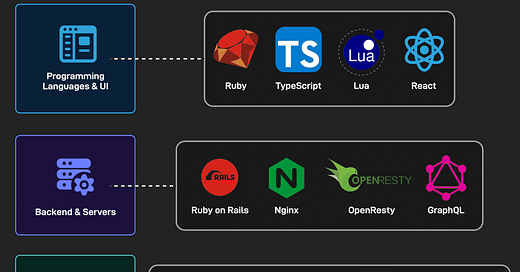



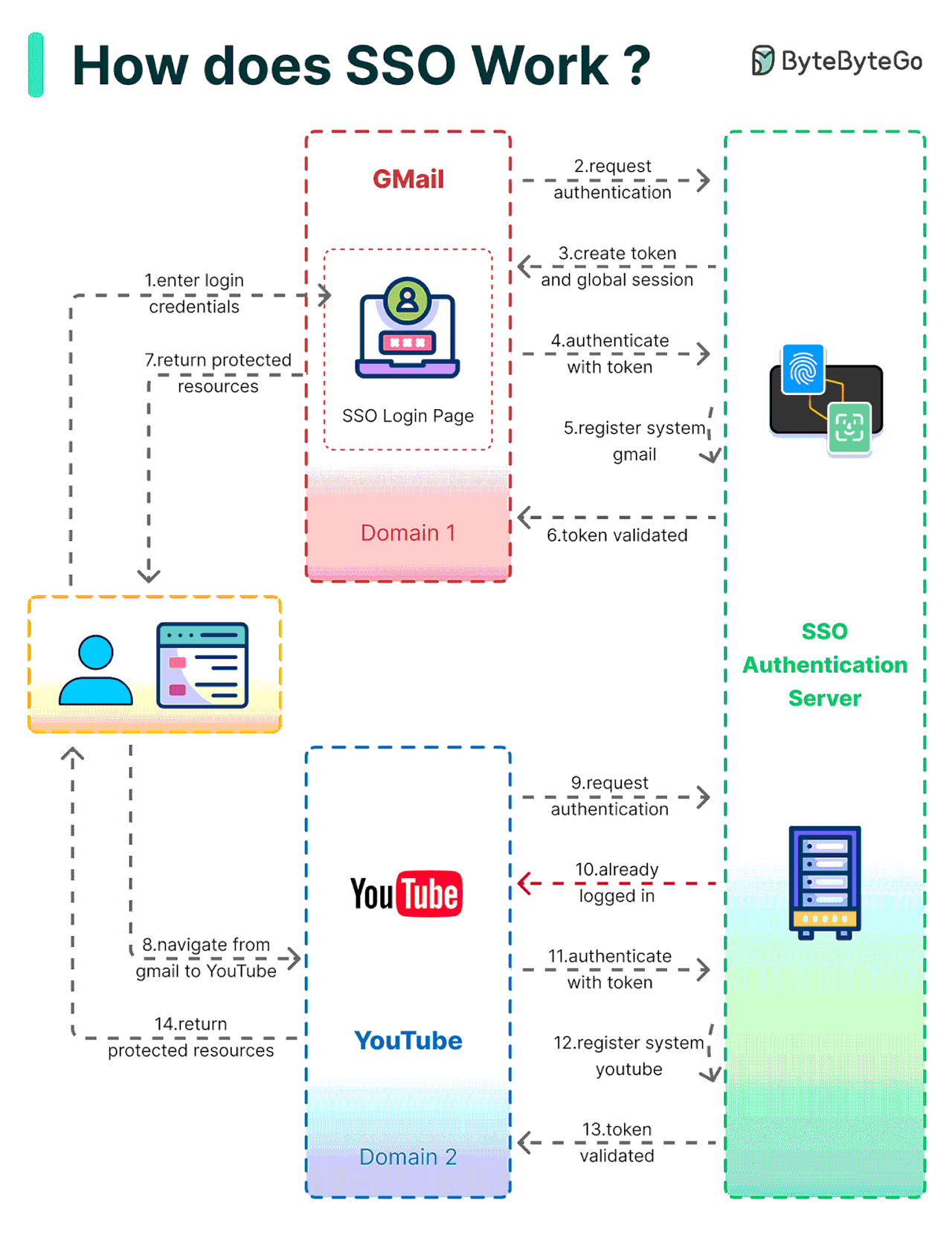
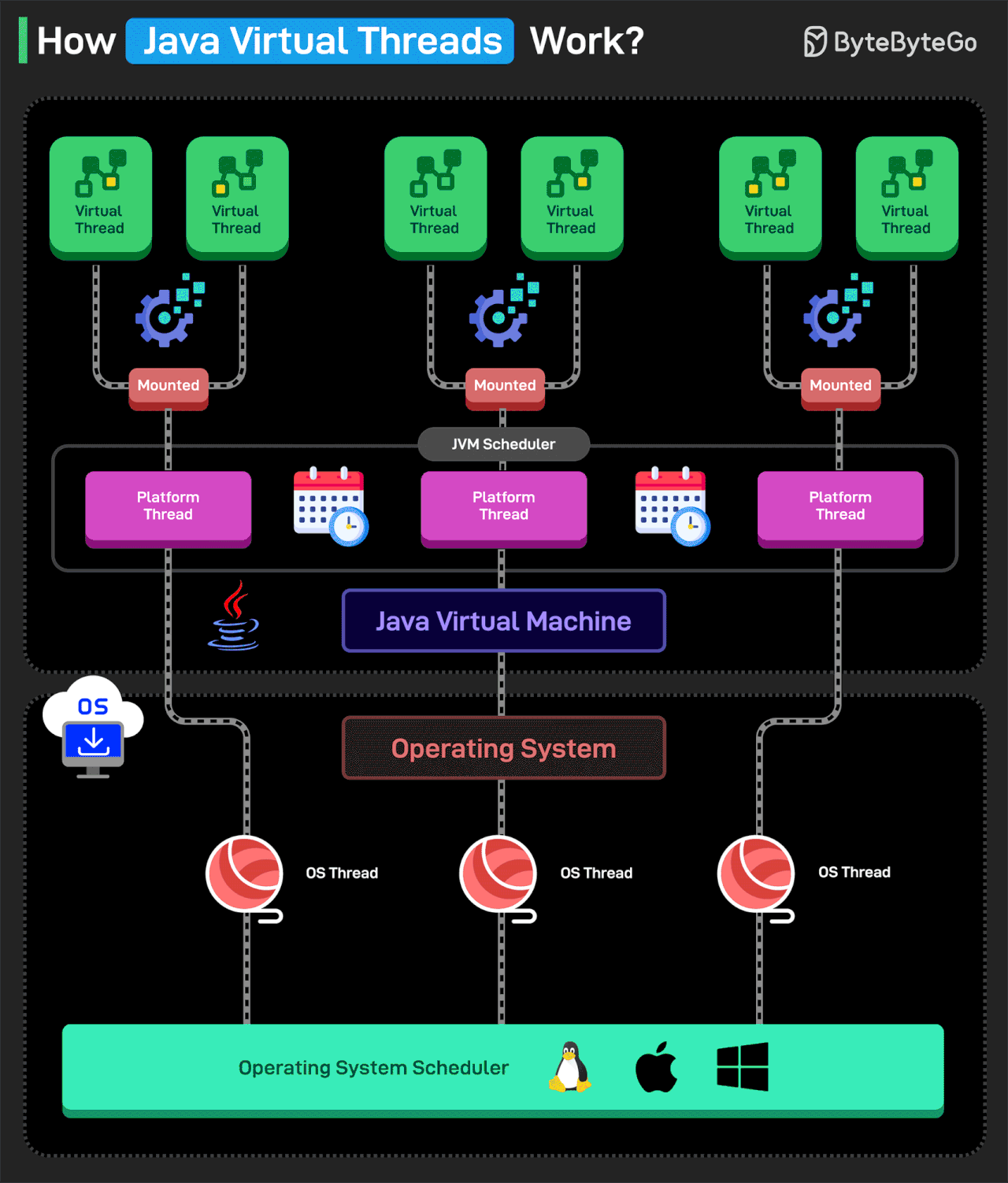
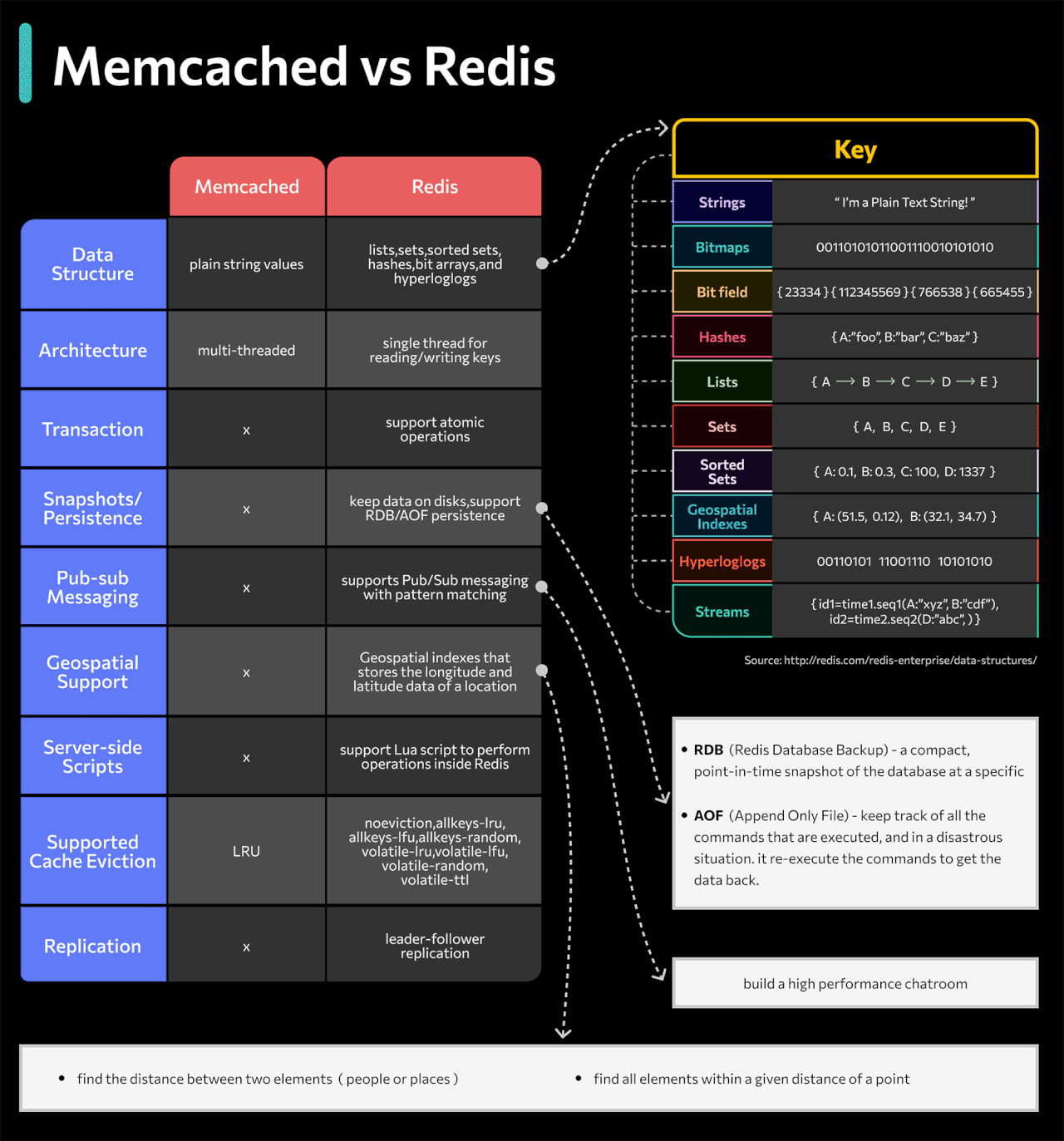






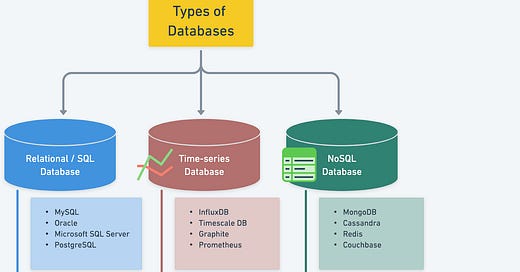





Great Article as always, Can you also add about Fault tolerance in detail
What does an AI systems engineer does?